

Today we’d like to introduce you to Heather Hua.
Hi Heather, it’s an honor to have you on the platform. Thanks for taking the time to share your story with us – to start maybe you can share some of your backstory with our readers?
I’m a freelance illustrator originally from Southern China. After earning a BA in Economics and a minor in Art and Design from the University of Illinois at Urbana-Champaign, I pursued my passion for illustration, obtaining an MFA from the Fashion Institute of Technology in 2021.
As a freelance illustrator, I’ve collaborated with notable clients like Aftenposten, Boston Globe, New York Times, and The Baffler. In addition, I teach art to teenagers, and my students have earned international recognition through contest victories. Balancing my roles as a professional illustrator and art teacher allows me to contribute to both the creative industry and art education. I live my life happily with make a live on the career I have passion on.
I’m the kind of child who ultimately chose the path of art despite strong opposition from my parents. I’ve had a passion for art since childhood, engaging in activities like handcraft, ceramic sculpting, drawing, and painting. The desire to become a professional artist took root around the age of 12 during middle school, but my family strongly preferred a more conventional academic path.
They doubted whether a teenager could truly identify a career-wide passion. To expose me to genuine art training and perhaps discourage my interest in art, my parents sent me to a full-time summer sketching workshop at the age of 13. I remained calm and delighted throughout the experience. The training was scheduled to end after the second month because the following month required me to catch up on mathematics. This marked the beginning of my formal art training. However, due to increasing academic pressures, I didn’t have prolonged periods of immersion in training during high school.
I sporadically practiced sketching during lunch breaks, holidays, and in the school studio, accumulating some basic skills by the time I graduated high school, though not considered solid. Intense arguments with my family ensued during high school about my choice of college major. Based on their life experiences and societal expectations, they believed pursuing art meant entering a highly competitive field with uncertain financial prospects. They also harbored biases, thinking that art students chose their path because they were not proficient in academic subjects.
My parents attempted to convince me by citing examples, such as a middle-aged unemployed art teacher from a prestigious high school they knew. They even pointed out instances of decent paintings being sold inexpensively. I felt powerless in my situation, with a growing internal conflict. The daily grind of 16 hours of studying and homework felt meaningless, leading to feelings of guilt, remorse, and eating disorders.
In an environment lacking extracurricular reading and exposure to the outside world, my thoughts became increasingly paranoid and obsessive. Fortunately, my rebellious and stubborn nature persisted from childhood through adolescence. My sense of self was worn down and distorted, but it was never extinguished. I resolved to create outstanding works of art in the future, serving as a lighthouse guiding me through the confusing adolescent period.
The outcome of this conflict was an unsatisfactory score in the Chinese college entrance exam. The situation improved when I independently conducted research, took exams, and, ultimately, was admitted to the University of Illinois at Urbana-Champaign (UIUC) in the United States. This marked a joyful conclusion to the tumultuous journey.
I don’t recall studying 16 hours a day in high school, but that experience made me adept at handling exams. In college, my focus shifted towards efficiently achieving A and A+ grades in exams, allowing me to dedicate a substantial amount of energy to my passion for art, particularly drawing and painting. I explored various art disciplines and eventually decided to specialize in illustration. Finally, upon graduation, I received an offer from FIT.
It is a three-year program. I started being selected for awards in the year of graduation and gradually began receiving illustration commissions.
Alright, so let’s dig a little deeper into the story – has it been an easy path overall and if not, what were the challenges you’ve had to overcome?
I have not experienced financial hardships in life. The gradual understanding and support from my parents, coupled with the companionship of friends, provided me with a favorable environment for creative development. However, after overcoming these external challenges, I began to encounter inherent difficulties in my artistic journey, with the biggest stumbling block being the lack of a distinctive artistic style.
Once I had mastered the fundamentals of solidity, structure, and color, the initial challenge I faced in my artistic endeavors was the absence of a unique artistic voice. I questioned whether having a stable and recognizable style was better or if having multiple styles that could adapt to different themes was preferable. While professors may offer practical advice, developing a personal style requires a significant amount of trial and error.
I experimented with learning specific styles and deliberately creating visual aesthetics, only to realize that visual appeal alone was insufficient to convey the images in my mind. I had to start over, gradually approaching the artistic vision I desired. Through this process, I truly understood that style emerges from extensive aesthetic accumulation and creative experience. Even though styles may vary between series, there is always a cumulative memory of artistic strokes and a strong subjective awareness that naturally ties everything together. The stability of style results from the considerable effort and thought invested over time.
Another challenge I faced was the intertwining of my early twenties perspectives, personality fragmentation, reconstruction, and growth with my creative journey. I was mentally unstable, drained by internal conflicts, and lacking motivation, and although the tension during this period provided some creative inspiration, it mostly hindered my ability to focus and be productive. The downsides of not cultivating the habit of sketching small studies in a sketchbook showed up the negative impact on my creation. During this period, I began studying psychology and delving into literature extensively. This not only aided me personally but also became evident in my artistic expression.
I deeply felt that becoming an artist requires dedication and time. I also briefly grappled with the dilemma of whether to conform to market trends, leading to moments of restlessness. However, from these challenges, I gradually distilled my own themes and style.
Appreciate you sharing that. What else should we know about what you do?
In graduate school, I conducted research on illustrating negative emotions. Commercial illustrations portraying negative emotions are relatively uncommon in the market, yet they hold a vast and latent audience, underscoring their undeniable significance and role. My illustrations, in particular, aim to convey emotions.
Influenced by literature, psychology, and shojo manga, my works explore and visualize themes of emotion, unconsciousness, dreams, and romance. The chubby characters, intuitive colors, and a strong sense of atmosphere portray the despondent state, rebellious personality, and deep vitality of living people. Meanwhile, although the intention of creation is very emotional, there is also a subtle balance between sensibility and rationality, impulsivity and restraint in my art expression. I perceive emotions and traumas and excavate hidden joys and pains while trying to hit some aspects of a reader’s inner heart to evoke the feelings of being embraced and empathized. Besides, I also paint joyful, idyllic pastoral scenes to share precious inner peace with the audience.
My editorial illustrations feature subtle and nuanced expressions, with characters exuding a sense of evasion. Rather than depicting explicit real-life scenes, they resemble internal visual images, imparting a mysterious and contemplative tone to articles or stories.
What do you like and dislike about the city?
I really like the interesting-shaped flowers and fruits of tropical plants in the LA community. Before coming here, I had never seen such plants. As I walk around the neighborhood, I often see flowers with bold colors that look like eyes, some resembling those in Chinese folk tales that symbolize happiness or sad love, and others similar to the legendary mimosa tree, believed to attract negative energy. There are also plants in pleasant yellow-green colors with prickly pods. These unique plants in LA inspire my imagination with fascinating ideas.
Contact Info:
- Website: www.heatherhua.art
- Instagram: https://www.instagram.com/heatherhua_art/?hl=en
- Youtube: https://www.youtube.com/@chuyunhua1369
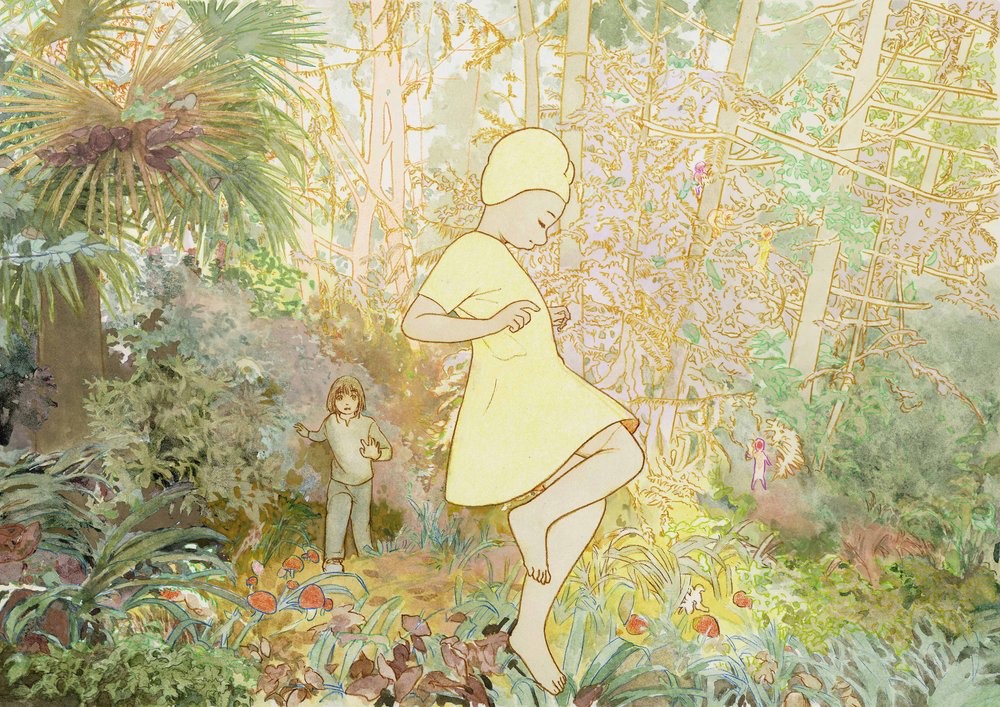
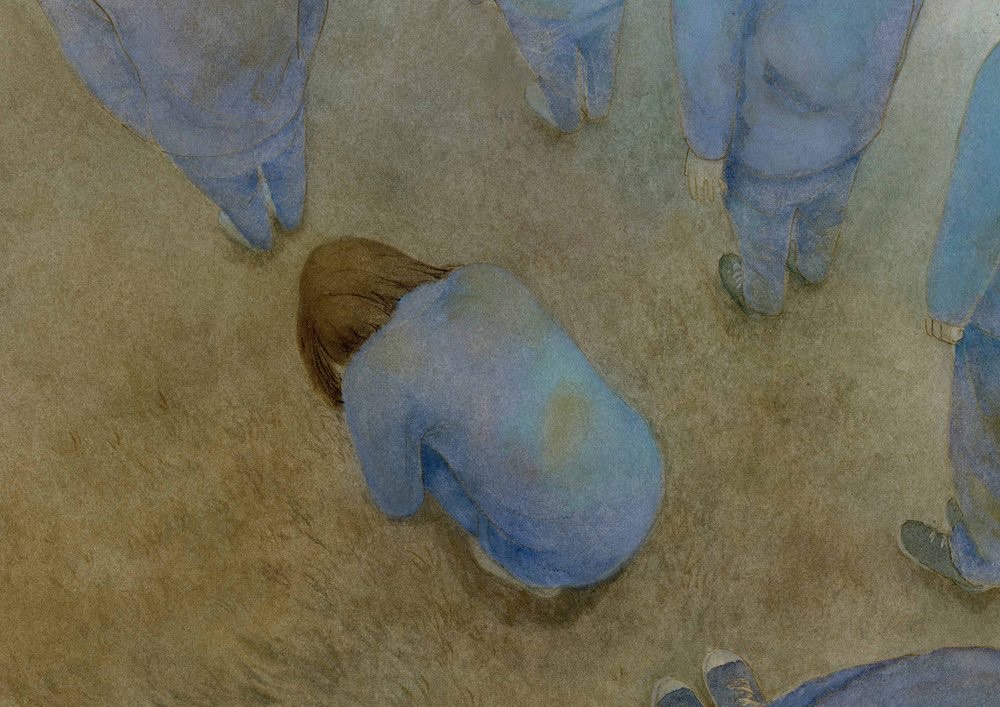
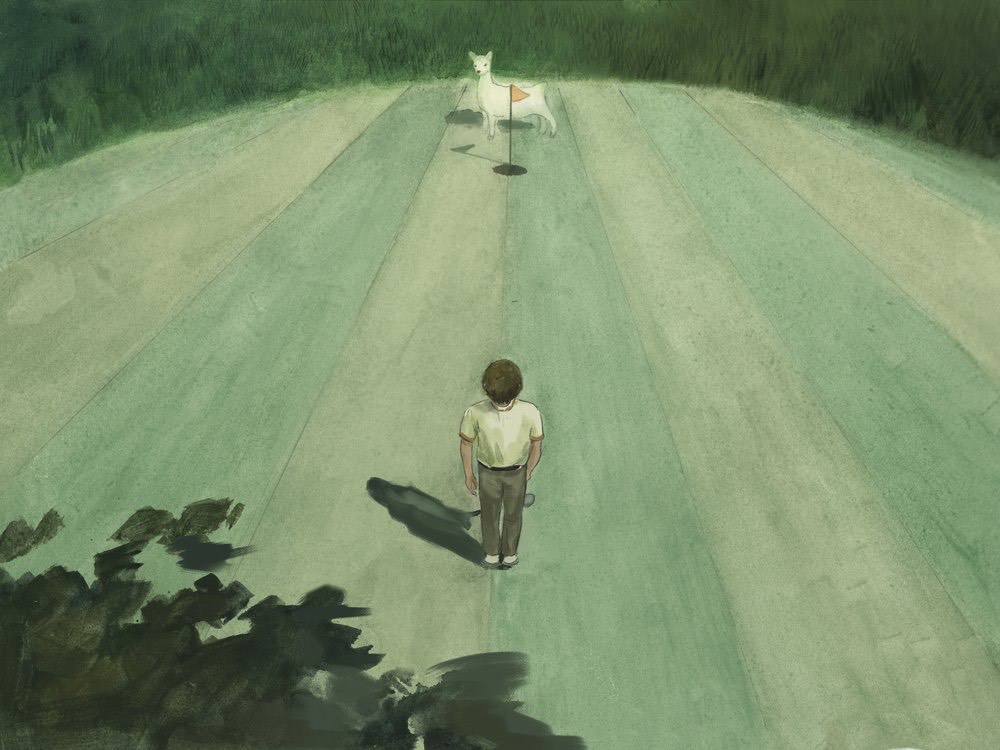
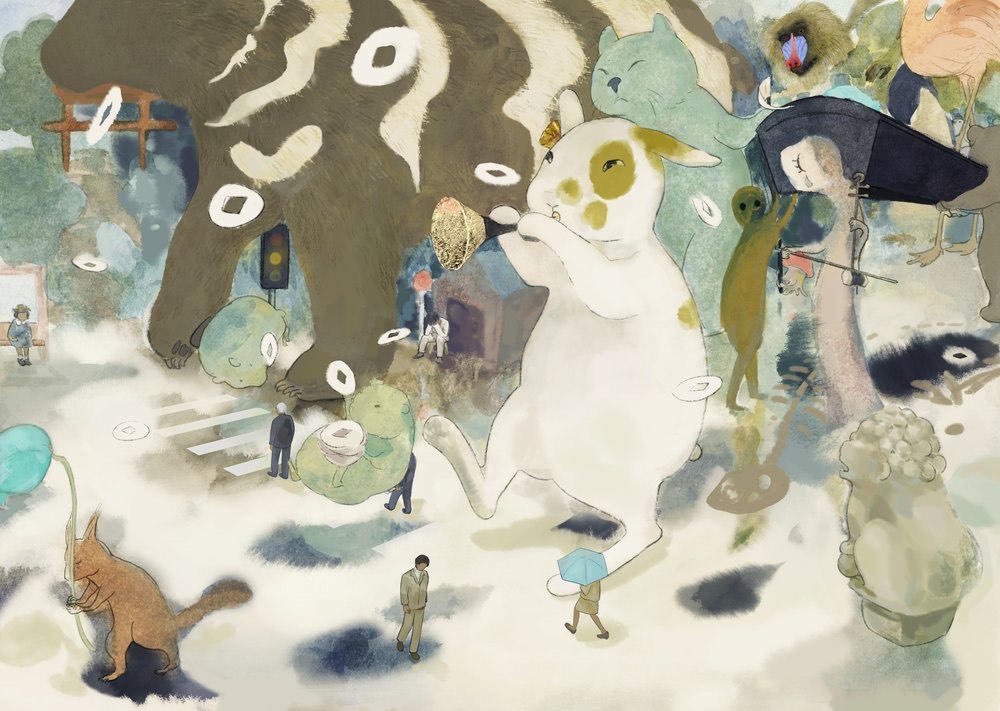
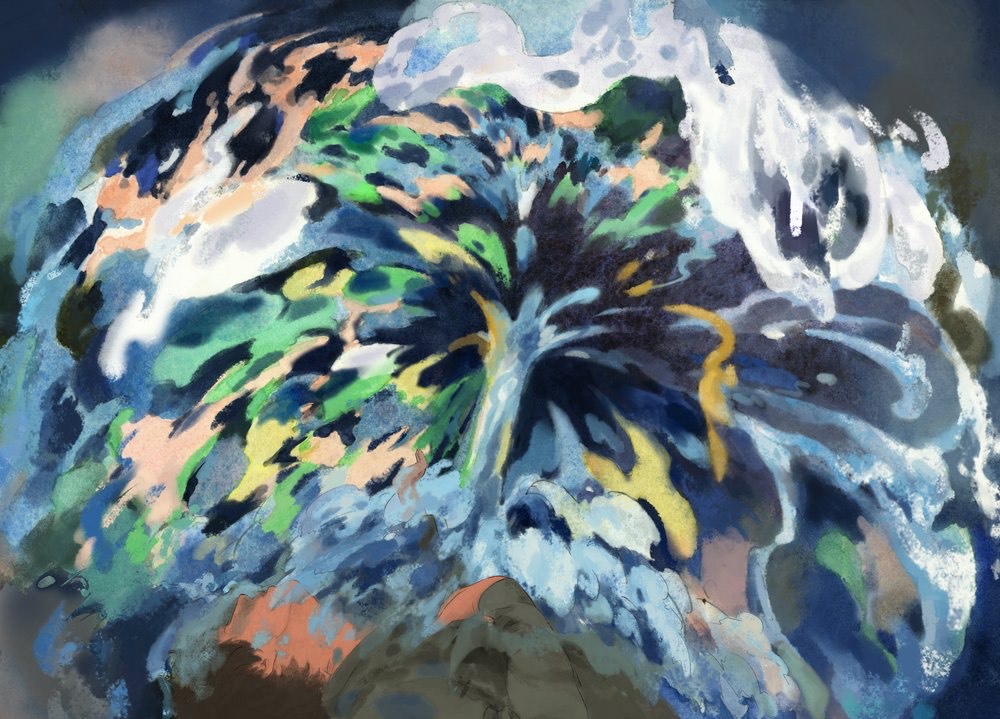
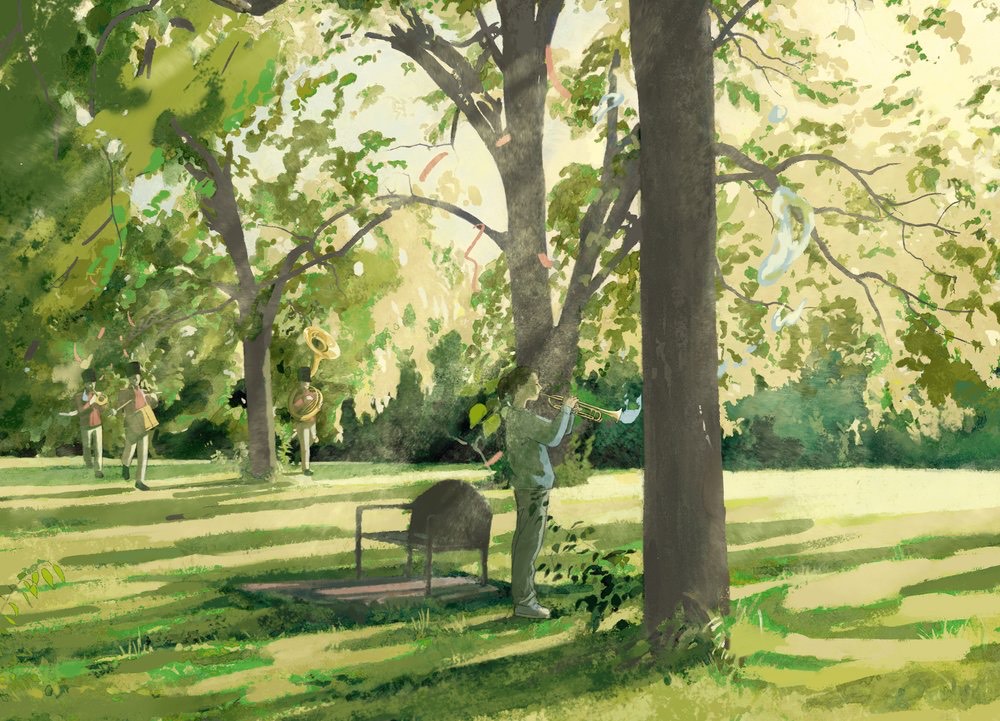
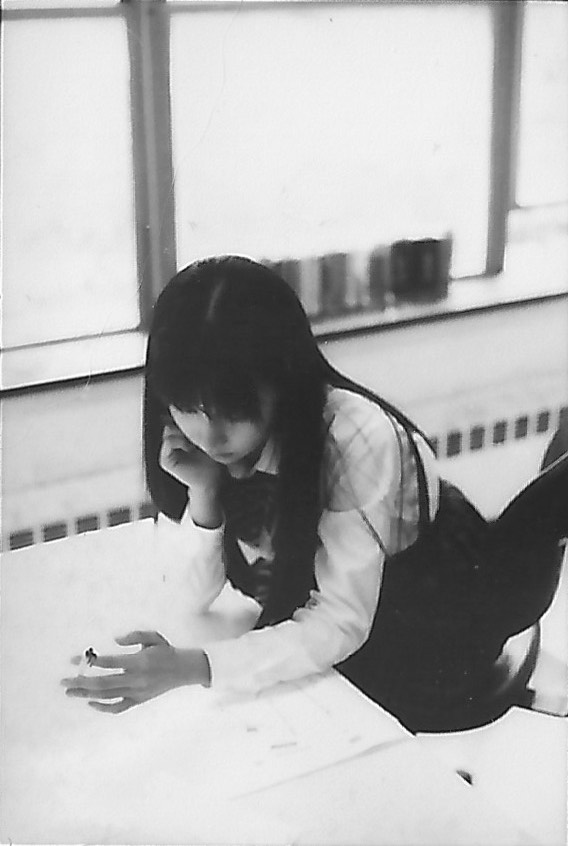
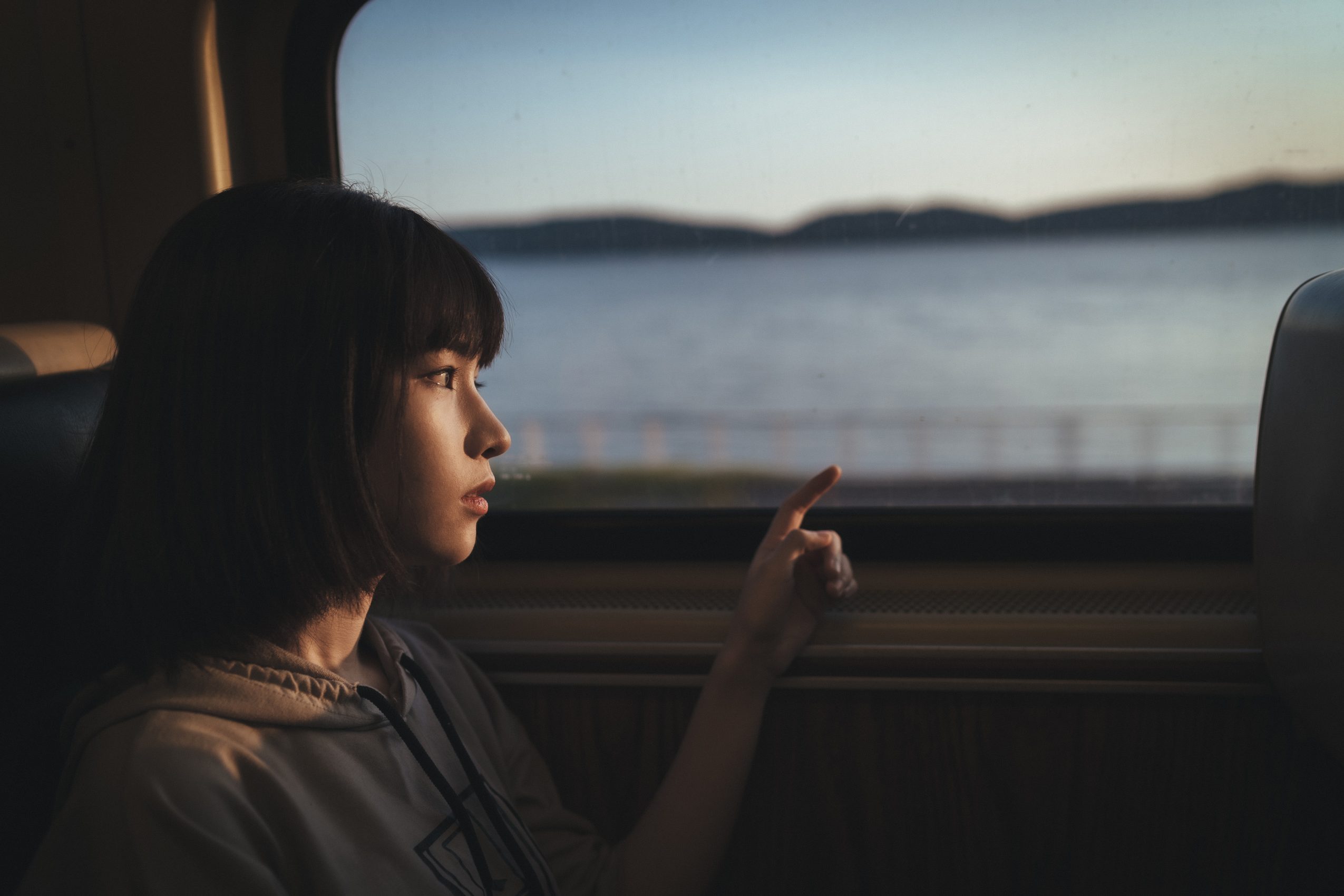
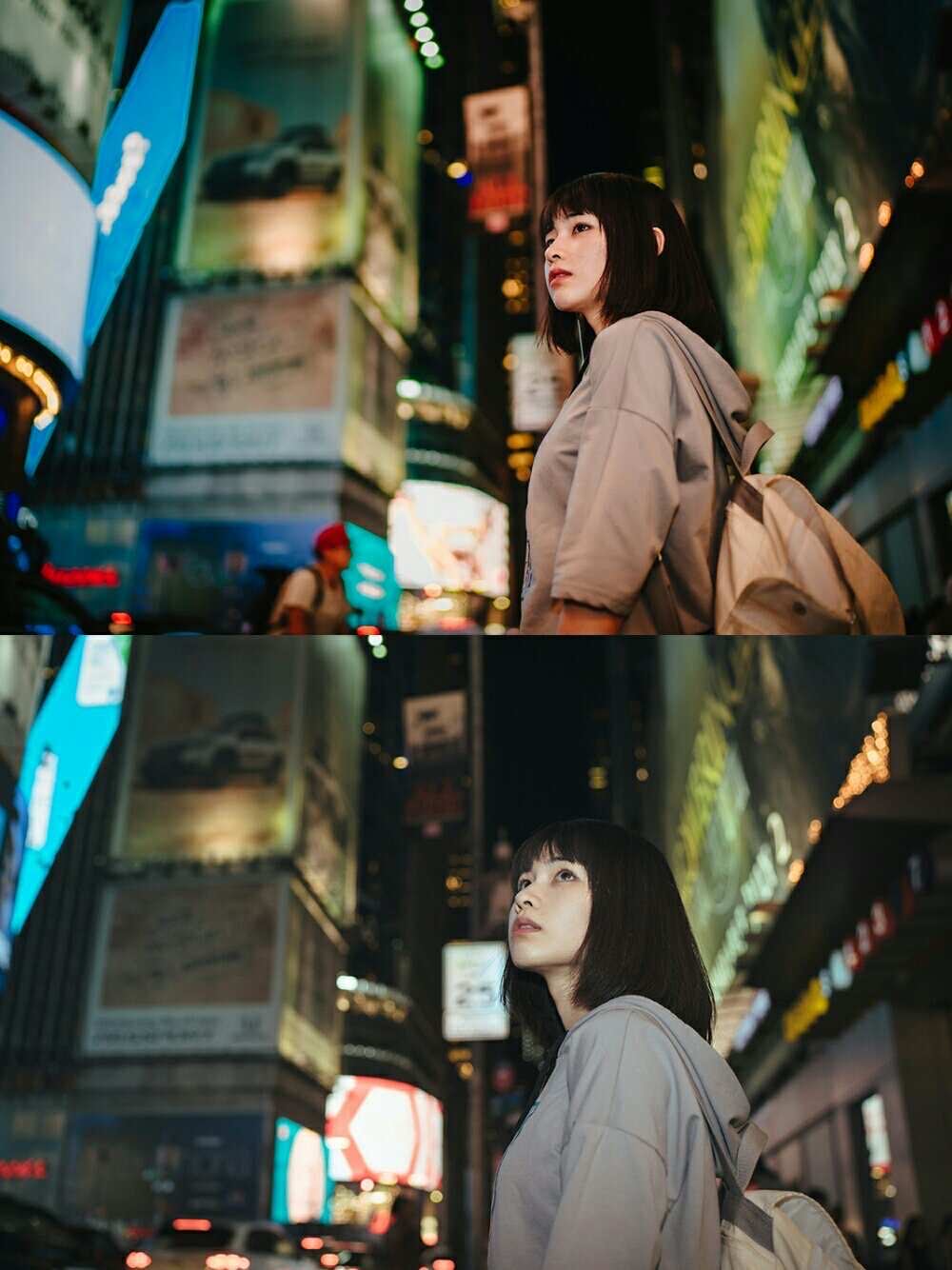
Image Credits
photographer: Chen Xie, Frankie Y














